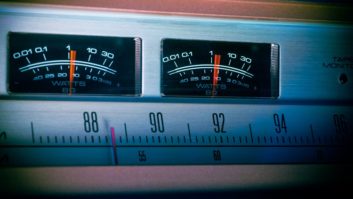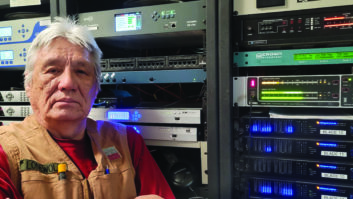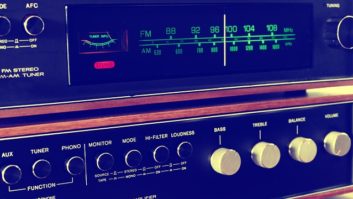The NAB has submitted a Notice of Proposed Rulemaking to allow AM stations the ability to augment and improve service within their primary coverage area via the use of FM translators. The FCC has considered similar proposals in the past; they have been rejected except in unique cases such as instances in Alaska or those involving Cuban interference.
But the vitality of the AM service has continued to deteriorate despite various FCC rules changes aimed at its improvement. The NRSC mask and filter reduced sideband splatter; the “ratchet” clause reduced nighttime interference from modified facilities, and the expanded-band initiative attempted to move stations off cluttered channels.
While well intended, such changes have produced only limited relief for AMs that continue to lose audience to the forces of increasing noise pollution, satellite radio, the Internet and other media delivery services. The plight of daytime-only AMs has worsened considerably in the face of such challenges. It will only get worse next year when the country adopts four additional weeks of extended daylight savings hours from March to November.
Most AM stations have forever suffered the additional penalty of restricted primary coverage at night because of skywave propagation. Many lose a considerable percentage of their daytime coverage at night, especially the 1 kW local channel Class C stations, some of which lose up to 90 percent. Clearly these stations need help and they need it now if they are to endure and survive.
The NAB proposal calls for daytime-only stations finally to get the equivalent of full-time service by allowing them to operate their new FM translators on a 24/7 basis. This would appear to be the only opportunity for many such stations to be granted effective full-time status so they can serve their communities.
The proposal also calls for the new FM translator 1 mV/m contour coverage to be limited to the lesser of the existing AM 2 mV/m contour or a 25-mile radius from its transmitter site. This will complicate translator antenna designs and site selection for stations using AM directional antennas and for those who seek to use significantly elevated translator locations.
It will also present potential problems and conflicts using the existing archaic method of predicting FM coverage by using the 2 to 10 mile HAAT profile for a proposed station. The commission should adopt fully the use of terrain shielding and computer-generated Longley-Rice terrain profiles to determine real FM coverage in all FM allocations issues including this proceeding.
Some of the allocations and design issues may be challenging, but the effort will be worth it. Existing FM services including translators and LPFM stations would be protected. We think the NAB should have included the provision to allow any local AM station desiring an FM translator to trump any existing translator that imports a distant signal in situations where no open FM channels are available.
Much of the AM service is made up of news, talk, sports and religious formats that continue to provide valuable local service to their communities. NAB points out, and we agree, that when civil and natural emergencies strike an area, AM radio always rises to the occasion as the first choice for the majority of listeners.
While this proposal is a step in the right direction to provide AM long-overdue relief of consequence, more will have to be done to enhance and preserve the service as the HD Radio rollout moves forward. The commission and the industry should embrace this proposal.
– RW












